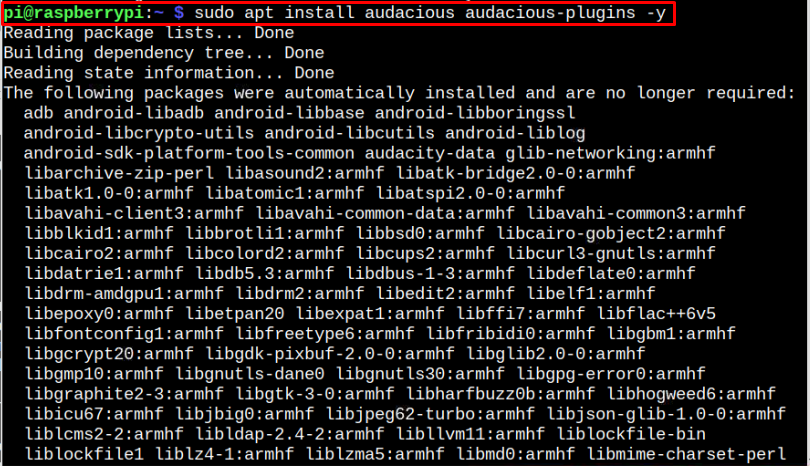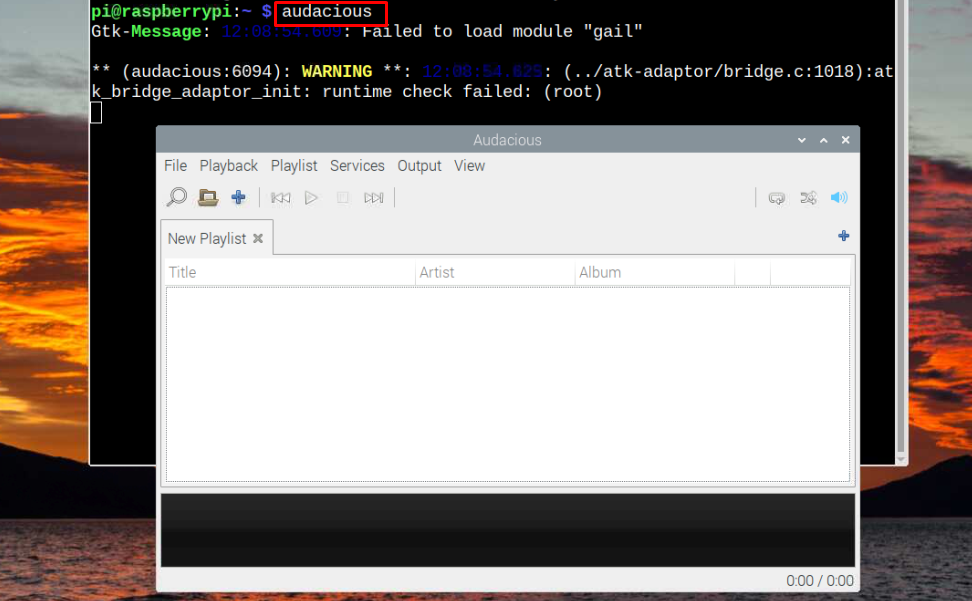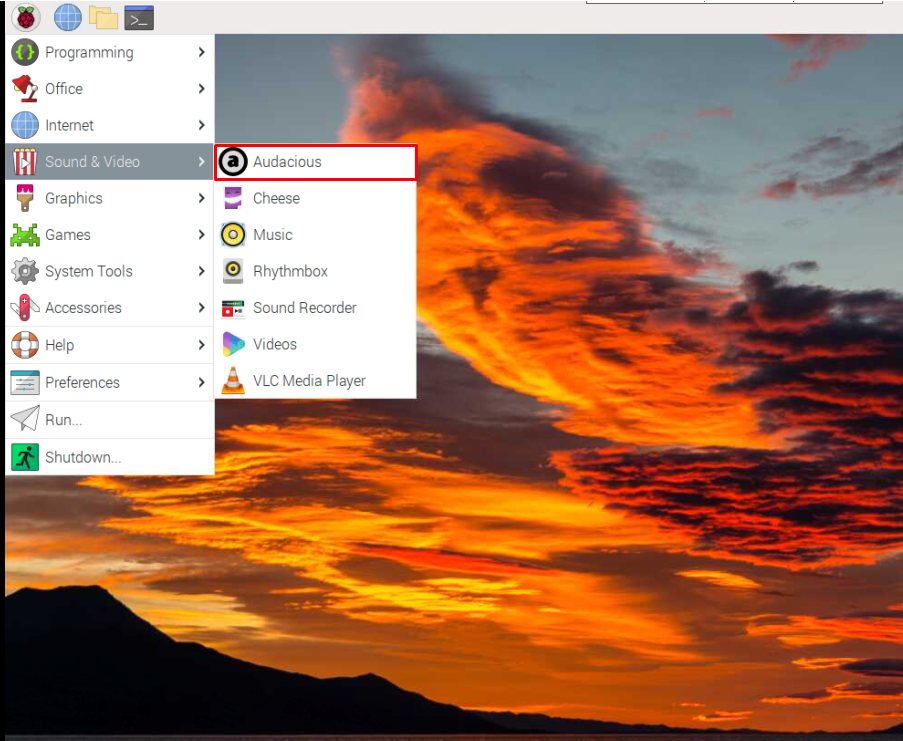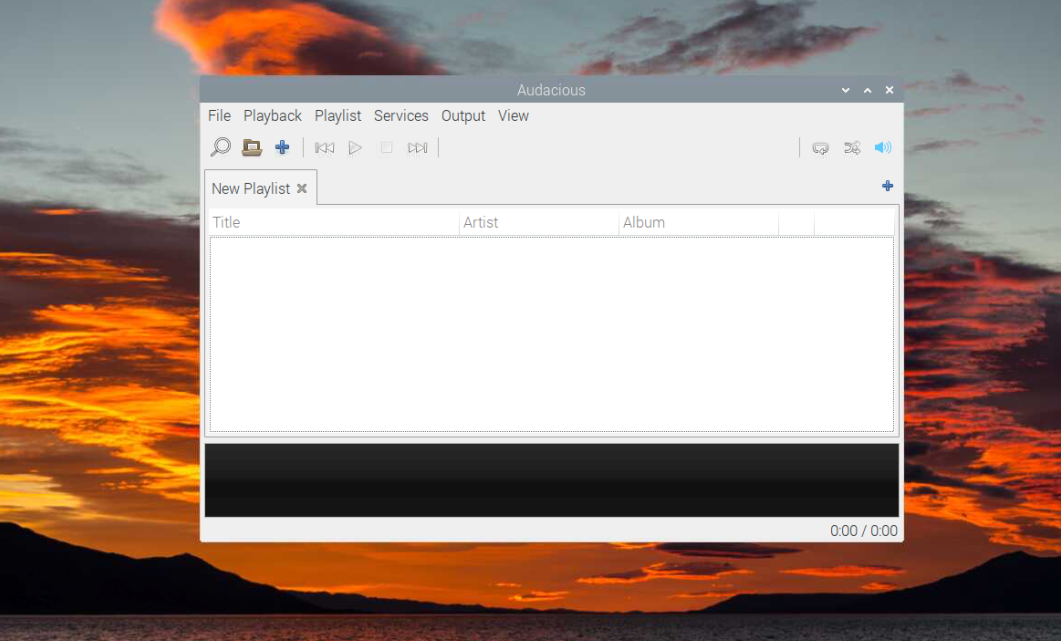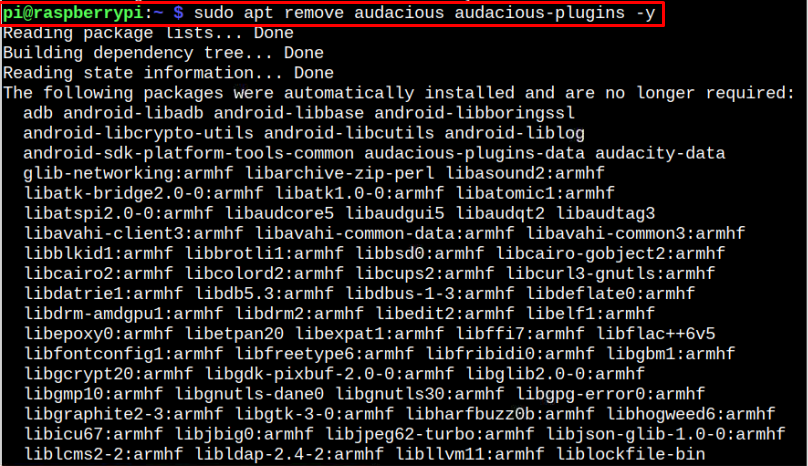If you are a Raspberry Pi user and want to listen to music or audio files, you should install this application on your system. This guide will help you easily install Audacious on your Raspberry Pi system.
How to Install Audacious on Raspberry Pi
The lightweight nature of Audacious forced the Raspberry Pi developers to include this application into the Raspberry Pi source list, making it a straightforward approach to install the application on the system. However, before the installation, you should update the Raspberry Pi repository to install an updated software version.
To update the Raspberry Pi system’s packages, the following command should be executed:
If the update process needs some package upgradation, you should immediately execute the below-mentioned command to upgrade packages on your Raspberry Pi system.
The “-y” flag added in the above command ensures that the process must upgrade the packages without any confirmation.
After successfully updating the packages, you can now use the following command to install Audacious on your Raspberry Pi system with the required plugins needed to run the application on your Raspberry Pi system successfully.
With the installation of Audacious, you can run the following command to check the application’s version.
Although the Audacious you installed on your Raspberry Pi system isn’t the latest one, it is the stable version released for the system that provides you with smooth audio playing experience.
Run Audacious on Raspberry Pi
There are two ways to run Audacious on your Raspberry Pi system.
The first one is from the terminal using the “audacious” command, as shown below.
The second way is to run it from the Raspberry Pi main menu from the “Sound & Video” option, as shown below:
Remove Audacious from Raspberry Pi
If you don’t like using Audacious on your Raspberry Pi system, you can remove the application from the following command.
Conclusion
Audacious is a robust and lightweight audio player that can become your favorite application for listening to audio files on your Raspberry Pi system. You can install this player directly from the main Raspberry Pi source list via the “apt” installation command. However, before the installation, it’s better to update the repository list and then perform the installation. After the installation, you can run the application using the “audacious” command in the terminal or run it from the Raspberry Pi main menu in the “Sound & Video” option as given in the above guidelines.



